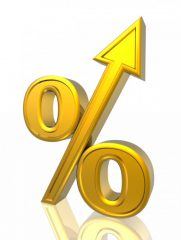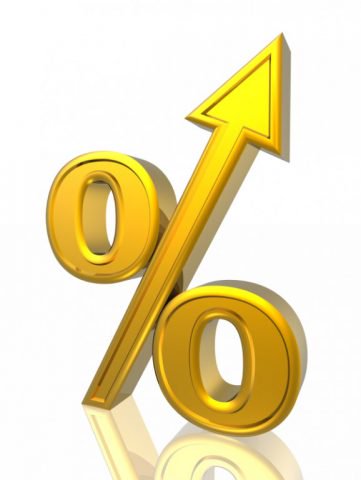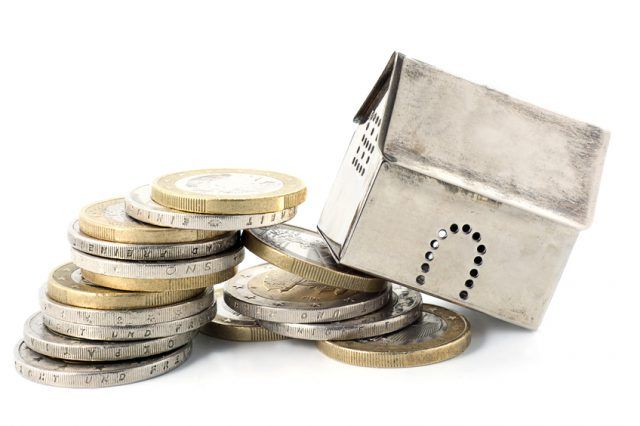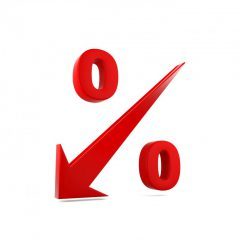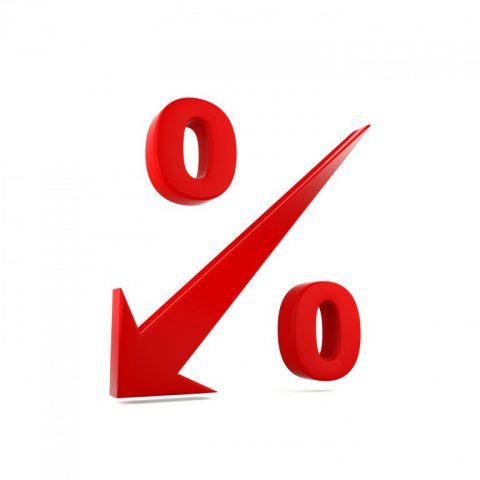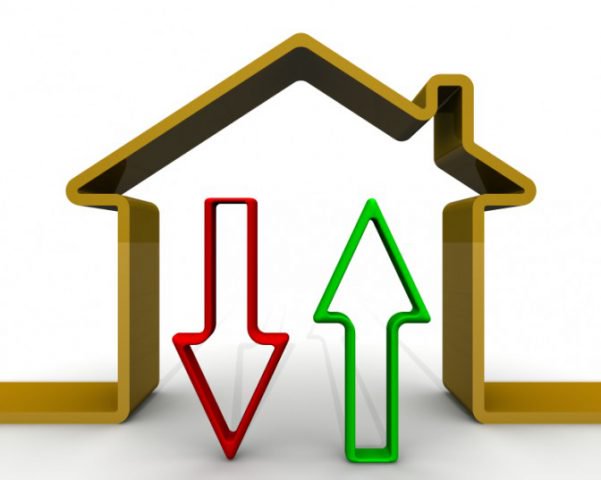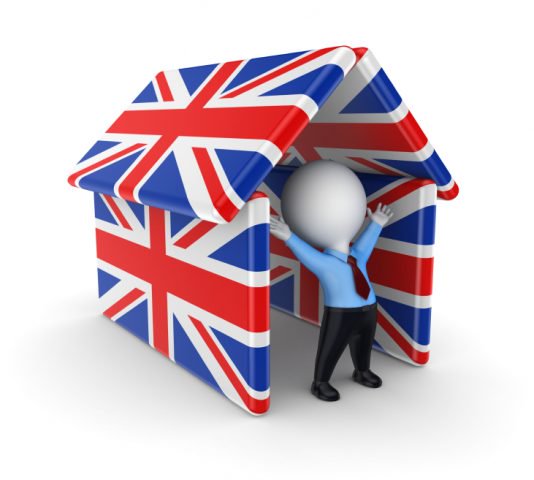House Price Growth Continues to Slow, According to Halifax
House price growth has slowed to just 0.1% on a monthly basis, according to the latest House Price Index from Halifax.

House Price Growth Continues to Slow, According to Halifax
Although annual house price growth still stands at 5.8%, prices have only risen by 0.1% over the past month. Additionally, on a quarterly basis, house prices have dropped by an average of 0.1%.
At present, the average house price in the UK is £214,024.
The Founder and CEO of eMoov.co.uk, Russell Quirk, comments on the data: “Halifax’s figures show the market has continued to slow, with growth almost stalling month-on-month, and down marginally over the last quarter.
“Although there may be a small few still walking on EU eggshells when it comes to the sale or purchase of a property, the leave decision continues to have a very minute influence on the UK market at present, as, at this point, we are a member of the EU. This slowdown is undoubtedly seasonal, and looking at this time last year, prices were on a much steeper month-on-month downturn.
“Those small few should remain reassured that until Article 50 is triggered, the UK market will remain in good health when compared to previous years, albeit cooling slightly, and endure no sudden or lasting impact as a direct result of the referendum vote. When Article 50 is implemented, we could see a market wobble, however, the extent of this is likely to be minor.”
He looks ahead: “We are heading into what is seasonally a very busy time in the UK property market in the lead up to Christmas, with many looking to get their sale or purchase over the line before the festive season starts. I’m confident that over the coming three months, we will witness the usual winter flu shot to the market, with the scramble to complete helping to push prices up again.
“Our advice for those on the Brexit fence would be to keep faith in what remains to be a strong UK market, as indecision at this point is based on nothing but empty rhetoric from both sides of the Brexit camps.”
Ian Thomas, the Co-Founder and Director of online mortgage lender LendInvest, also responds to the figures: “Recent months have seen a number of external factors chipping away at demand, such as Brexit, the additional Stamp Duty charge on second homes and the traditionally slow summer.
“The confirmation that the Help to Buy scheme will end later this year is another one. The initiative has been extremely popular, so it will be interesting to see if its conclusion will drive down demand, and therefore sales, of new build properties.
“It is good that the Government has made housebuilding such a significant part of their party conference over the last week, with new measures designed to improve the rate at which we build new homes. The time for talking about the housing shortage must end – we need action, not words.”

